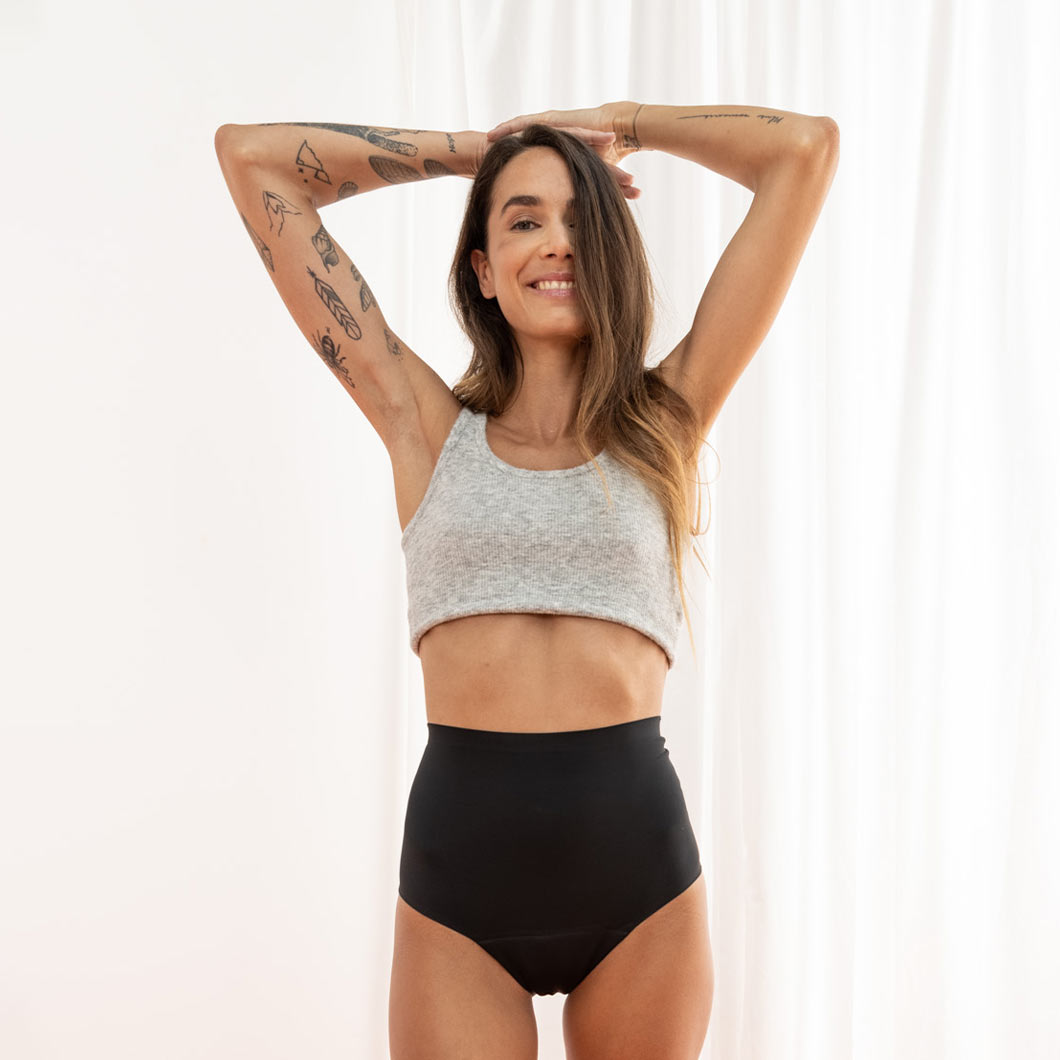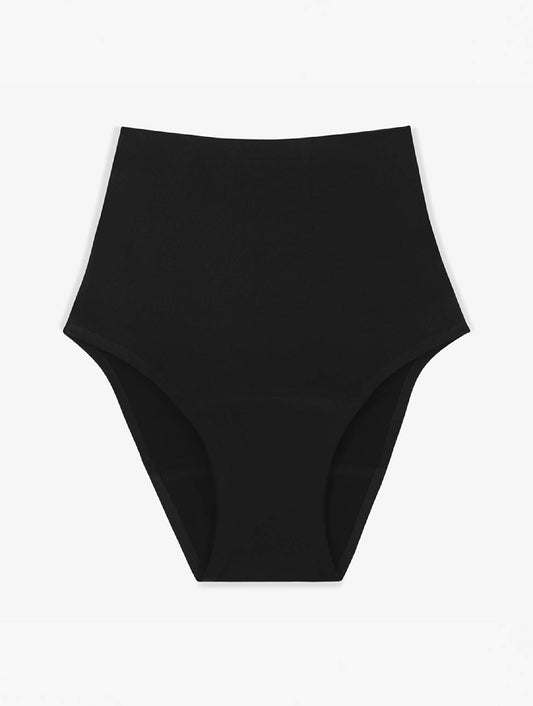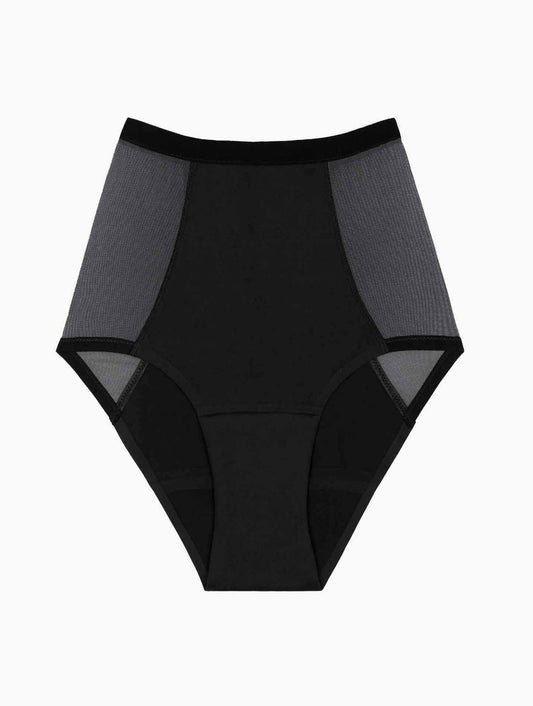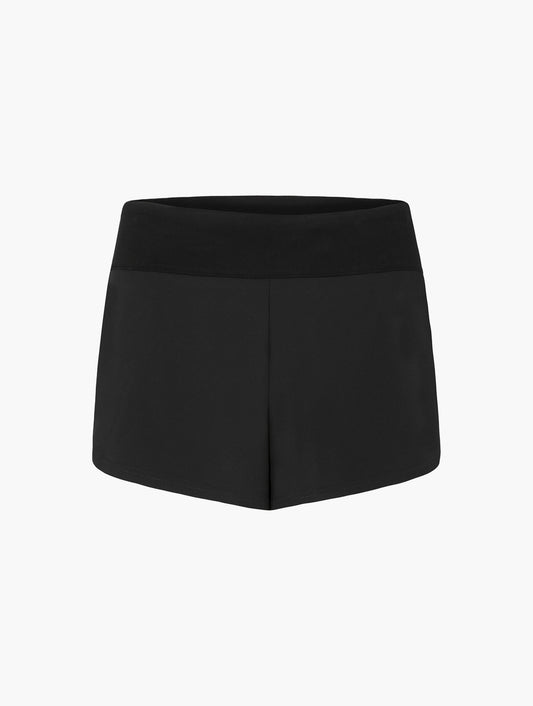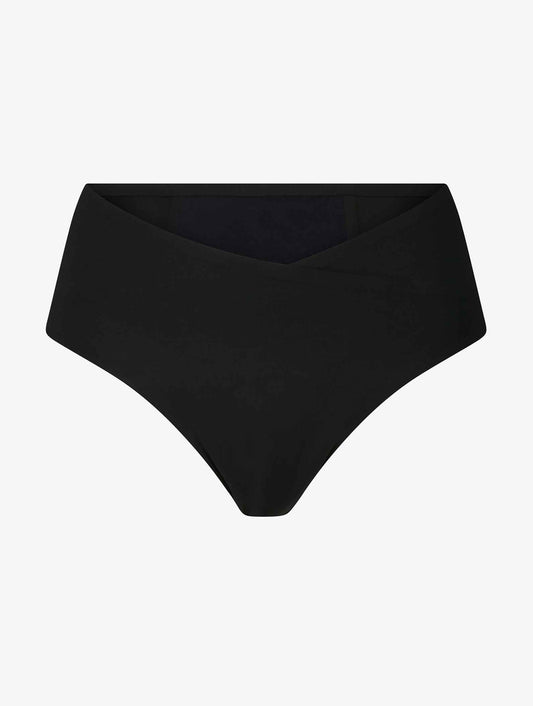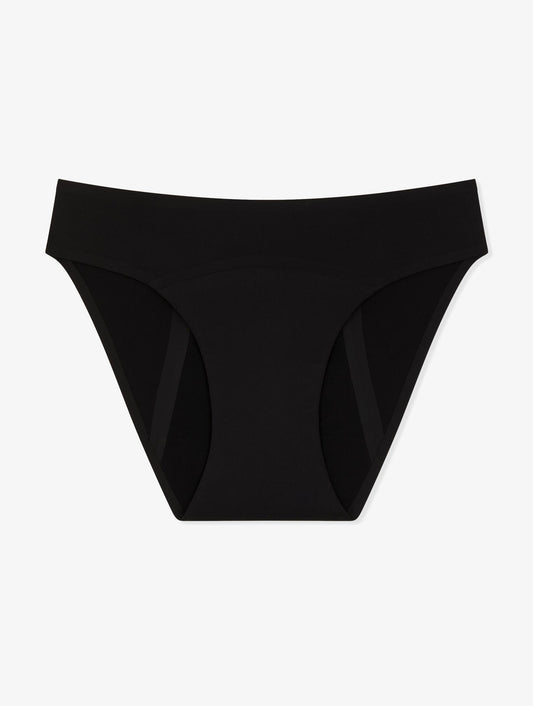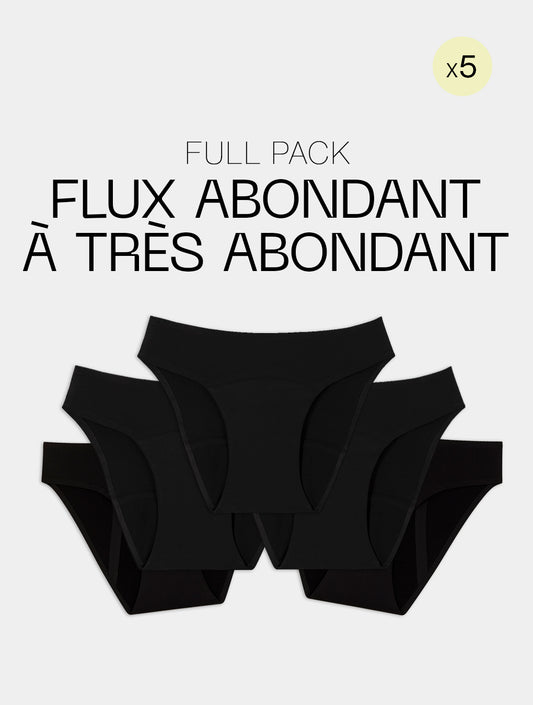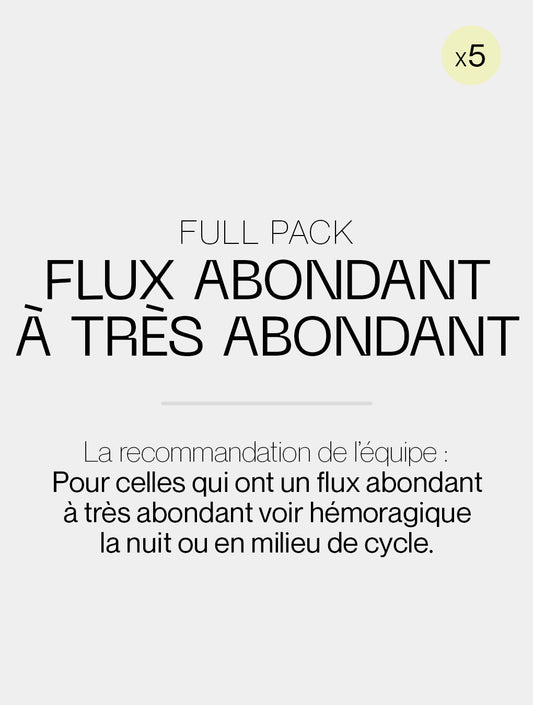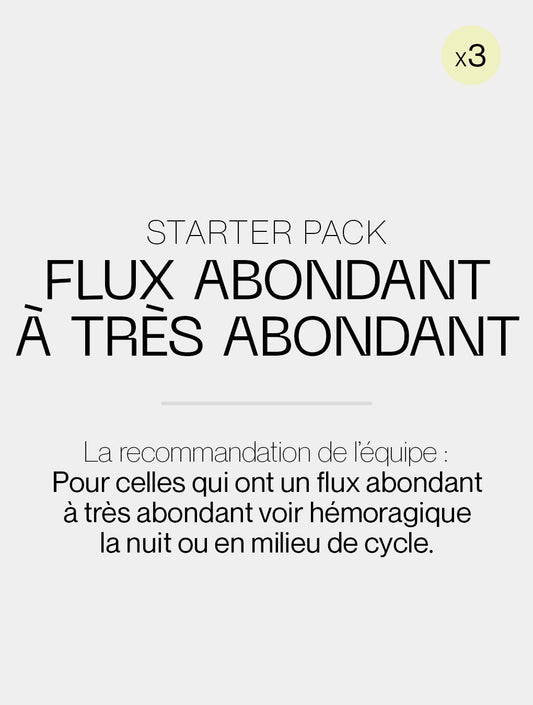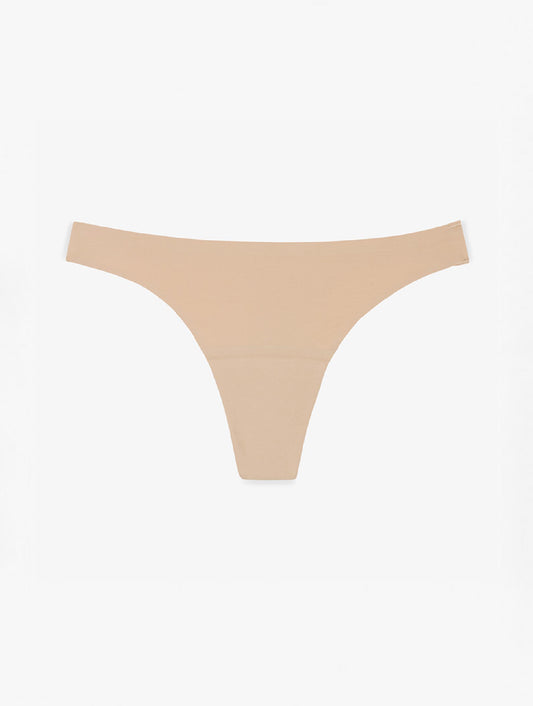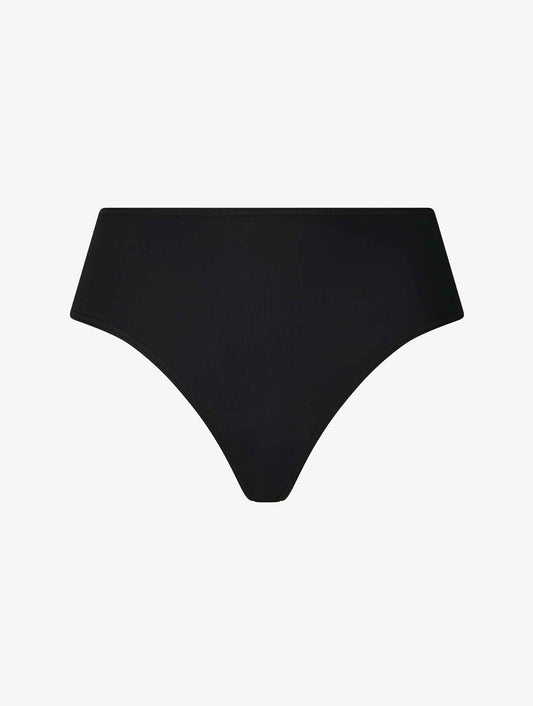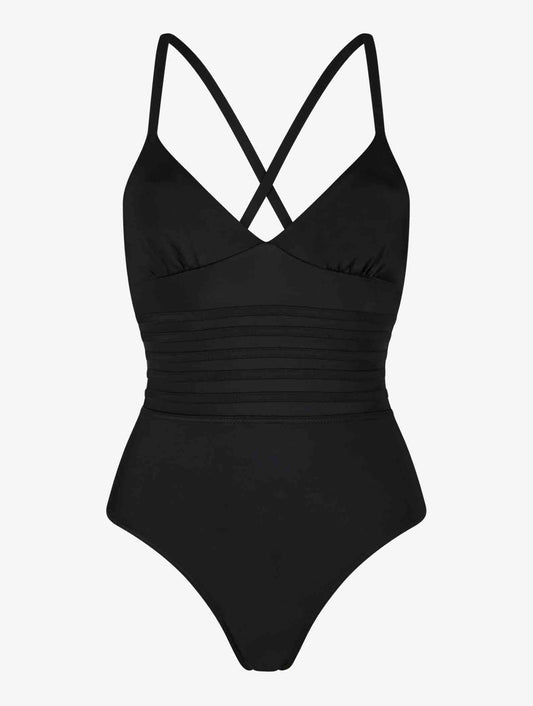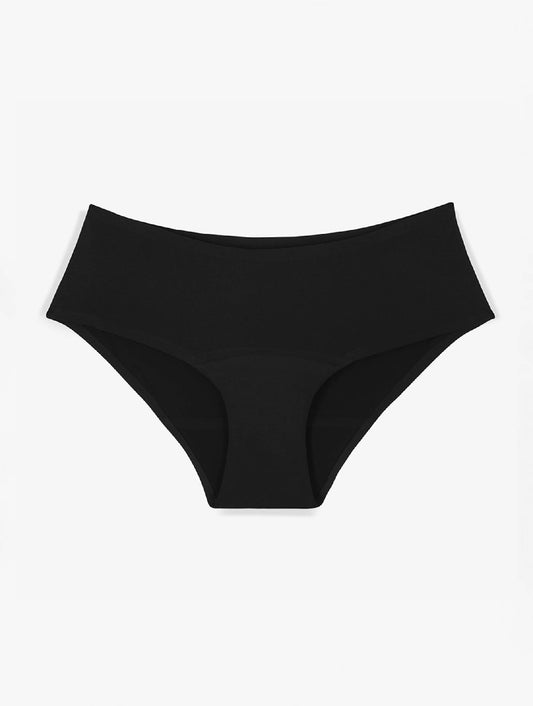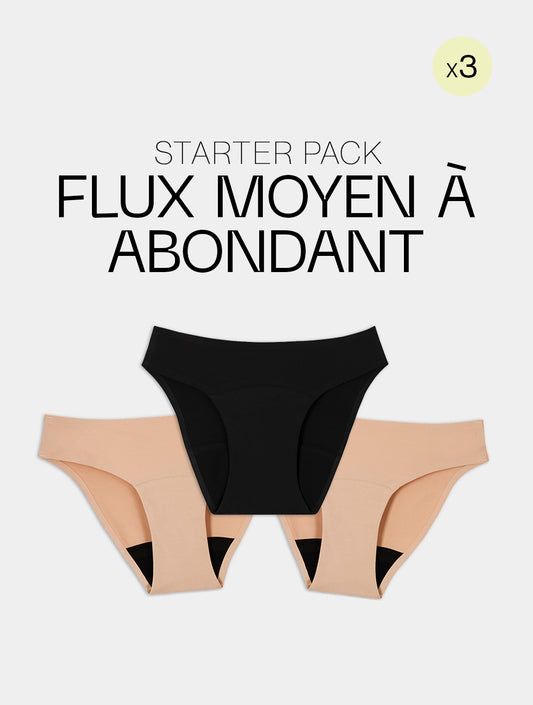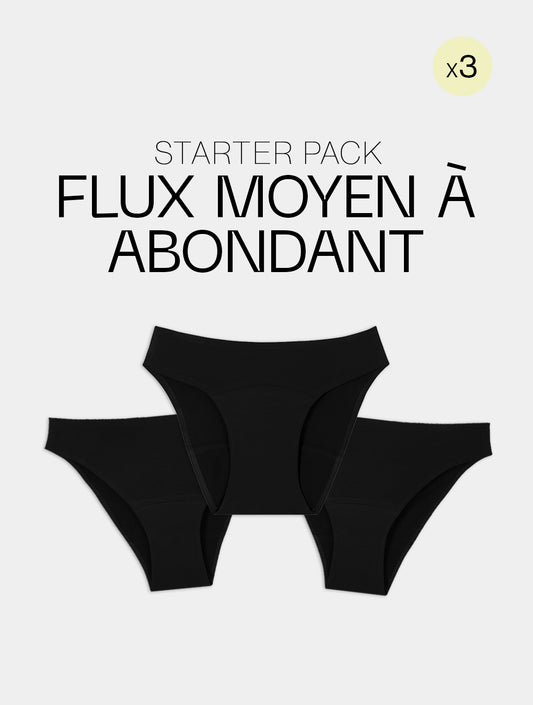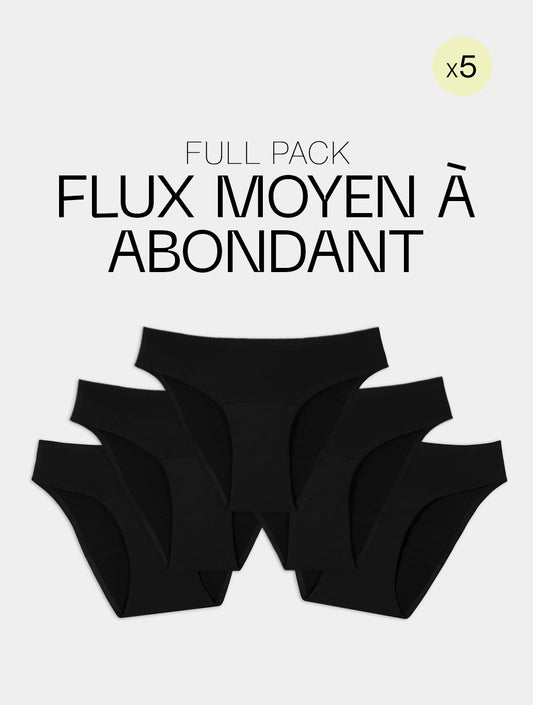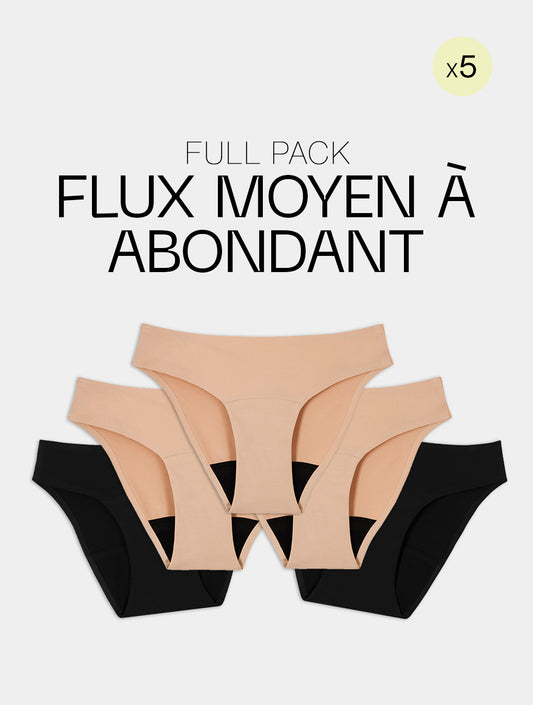Hormonal acne: understanding and living with it
At any age, acne is a complex. Especially since hormonal acne is not the prerogative of teenagers. It also affects adults, especially… women! At 20, one in two would be a victim, then one in three at age 30 and one in four at 40. It leaves us alone only after menopause . Something to depress a little. But why do we have acne? And how to get rid of it?

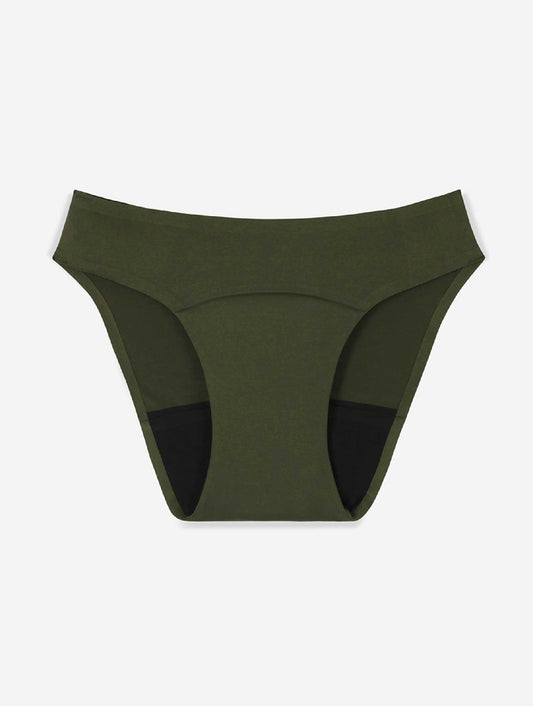



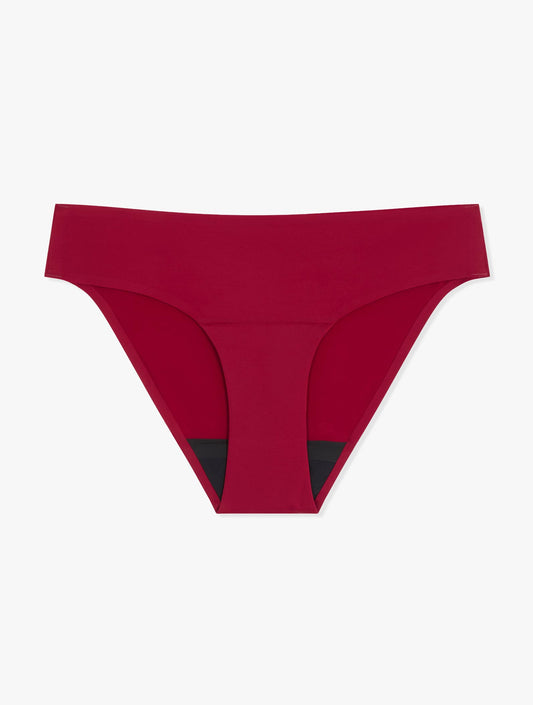




How do you recognize hormonal acne?
Hormonal acne is easily recognized by its particular location. In women or girls, it appears on the lower face (chin, jaw) and in men or young men, in the back. In women, it is often more pronounced each month just before menstruation , or at pre-menopause, but this is not an absolute rule. Unlike juvenile acne, which causes whiteheads and blackheads, hormonal acne appears more in the form of painful pimples or micro cysts, also nicely named papules and nodules...
But why do we have acne?
Whether it is hormonal or not, acne is due to an excess of sebum (it is part of the hydrolipidic film participating in the good hydration of our skin). When it is produced in excessive quantity by the sebaceous glands, it cannot be evacuated correctly. A nasty bacterium naturally present in sebum (propionibacterium acnes) will then take advantage of it to develop. And then cause inflammation, then a pimple (we also speak of inflammatory acne).
What are the factors that trigger it?
Three main factors are incriminated in hormonal acne:
- Of course, a hormonal imbalance or change. It can occur during pregnancy, before menopause, during menstruation, or after changing birth control pills . It could also be linked to an episode of stress increasing the level of cortisone in the body which can produce inflammation. Finally, a hormonal imbalance can be linked to a problem with the thyroid, one of the glands that governs our hormones.
- Food. In particular dairy products which enlarge the sebaceous glands, thus causing excess sebum production and inflammation.
- The tobacco. It's no surprise, tobacco is devastating and it's also bad for the skin. Indeed, smoking thickens the superficial layer of the epidermis, and triggers sebum retention. It can no longer drain properly and creates a plug, then a pimple. In addition, smoking slows healing!
What solutions against my acne?
Hormonal acne is difficult to treat, but the combination of several methods can help reduce it considerably, with a little patience.
- First, eat well: since food plays a major role in the health of our skin, especially on acne, eating a balanced diet is one of the first good reflexes. The Mediterranean diet, which mainly contains anti-inflammatory foods, helps regulate sebum and reduce pimples. Go for it!
- Then, take a trip to the endocrinologist: we can ask for a hormonal balance sheet to determine if a change of pill is necessary, if we have excess androgen hormones (those that accentuate our hairiness), or even if we have a thyroid problem to be treated.
- And of course at the dermatologist: you may be prescribed a local treatment such as retinoids or erythromycin to dry up the pimples. Oral antibiotic treatment may also be an option, and in certain cases of very severe acne, the famous Roaccutanne but which requires a lot of precautions to be taken.
- Or at the beautician's: the skin can be cleaned by incisions. It's very painful but we get rid of microcysts and comedones for a long time.
- And then at home: at home, the choice of day and night creams also has an impact on the quality of your skin. Scrubbing twice a week will also help it get rid of dead cells and become smoother. But beware, too frequent cleanings or too aggressive formulas can on the contrary irritate and exacerbate imperfections! Choose your pharmacy creams to stay hydrated while gently reducing excess sebum. As for essential oils, a mixture of tea tree, rosemary and geranium in vegetable oil helps reduce scars and inflamed pimples.
By Elise

